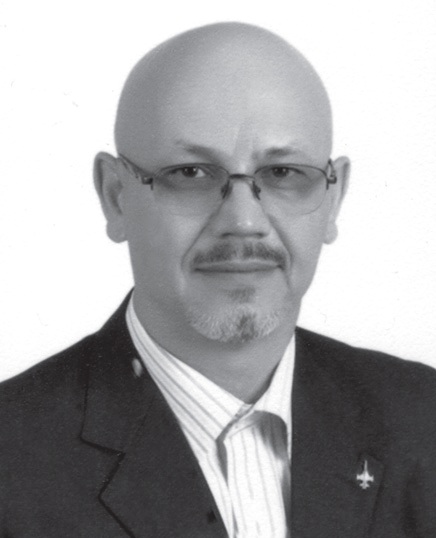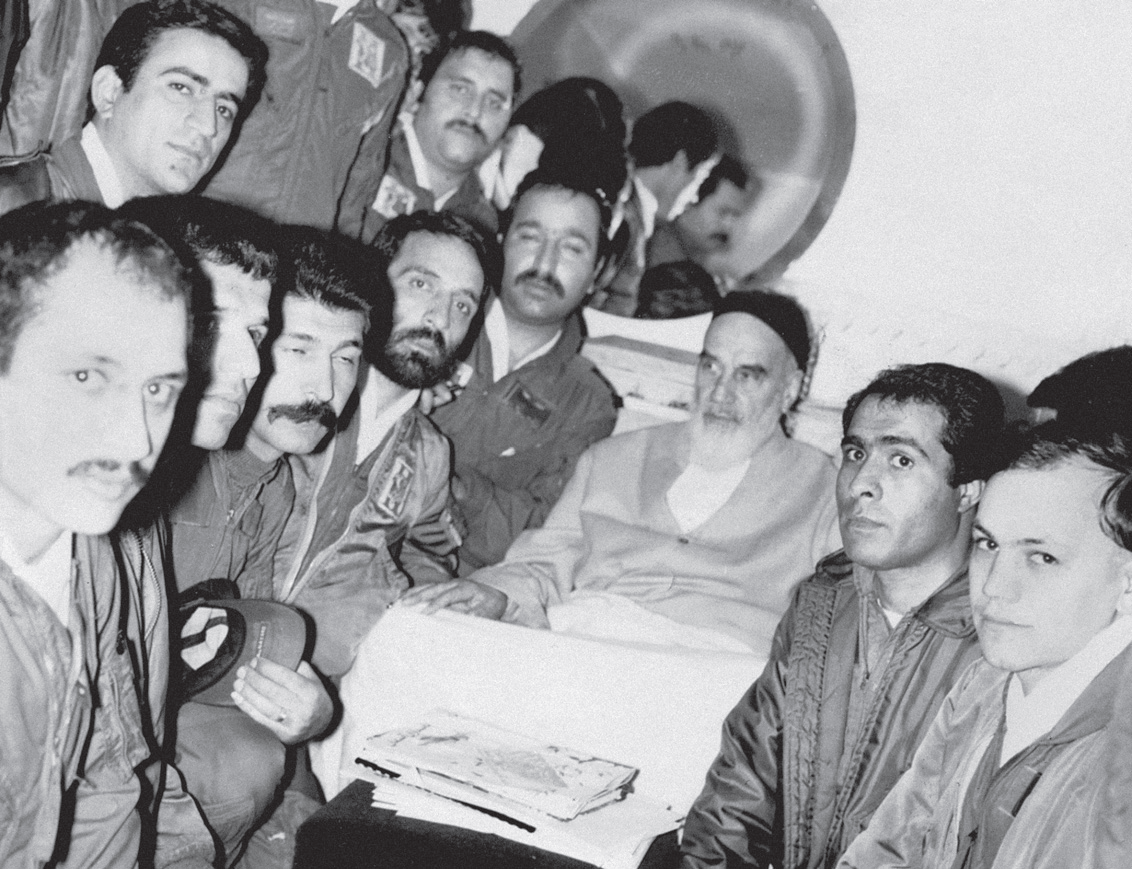Air Raid to Al-Waleed (38)
The Story of Demolishing Fighters and the Equipment in Al-Waleed Triple Military Bases Known as H-3
2016-9-26
Air Raid to Al-Waleed (H-3)
The Story of Demolishing Fighters and the Equipment in Al-Waleed Triple Military Bases Known as H-3
By: Brigadier General Ahmad Mehrnia
Tehran, Sooreh Mehr Publications Company
2010 (Persian Version)
Translated by: Zahra Hosseinian
Ammunition used in the operations
In this operation a combination of different types of ammunition used on each aircraft to obtain the best results:
British BL-750 bombs of anti-equipment, parked aircrafts and armored vehicles.
MK-84 H.D. 500-pound bomb and £750 bomb for destruction of facilities, equipment and important buildings, six bullets on each aircraft.
20 mm explosive cartridges for destroying parked aircrafts, vehicles, defense cannons and missiles site, and aerial close firefight.
Two AIM- 7 missiles on the leader and sub-leader aircrafts for potential air defense in certain circumstances.

Author’s biography
I was born in 1955 in Kermanshah. I finished my primary and secondary education in Tehran, except for the fifth grade which I finished it at the Khosravi border, and in 1974, I entered the Pilot School of Air Force. In 1978, I completed pilot course In America and as a pilot of F-5 fighters began serving. I participated actively in the activities of overthrowing the monarchy before the revolution, and in collaboration with other colleagues I carried out various missions until the end of crises and imposed war. In over thirty years of military service, I was responsible for a variety of different professions, and the military attaché of Islamic Republic of Iran Army in Japan is one of them. In 1995, I accomplished master's degree in the field of defense management from AJA University of Command and Staff (DAFOOS), and in 2006, I defended my doctoral dissertation in the field of strategic management at the Supreme National Defense University (DĀ’Ā). My last job was deputy commander of the Dezful air base. After retirement, with Second Head of Brigadier rank, I was busy teaching and sharing the experiences of war in DAFOOS, University of Imam Ali (AS), University of Shahid Sattari, and Farabi University; and at the same time, I’m busy writing recollections of events of Sacred Defense period, particularly in the terms of aerial operations.
Face to face visiting with the architect of the Islamic Revolution in relation to the operation of air raid to Al-Waleed was an honor for me, and fortunately the memory of that spiritual meeting in a homely atmosphere has been recorded in the below picture:

Meeting of a group of F-5 fighter pilots from Tabriz air base with the Supreme Leader of the Islamic Revolution; From right: Ahmad Mehrnia, Nasrollah Erfani, Hazrat Imam, Seyed Esmail Mousavi, Mohammad Tayyebi, Mohammad Reza Sarteepi, Davood Sadeghi, and Samad Ali Balazadeh. Back: Ali Najafi Mahyari and Shahid Hamid QazaAni. The images in the mirror: Attaullah Mohebi and Abbas Elmi.
Number of Visits: 6320








The latest
- Third Regiment: Memoirs of an Iraqi Prisoner of War Doctor – 7
- Objects Tell What Happened in the Eight-Year War!
- 100 Questions/6
- Comparative Analysis of Women’s and Men’s Written Memoirs in the Sacred Defense
- The Importance of Pre-Publication Critique of Oral History Works
- Third Regiment: Memoirs of an Iraqi Prisoner of War Doctor – 6
- 100 Questions/5
- Complete Harmony Between Narrator and Author; the Defining Hallmark of “Beyond the Wall”
Most visited
- Complete Harmony Between Narrator and Author; the Defining Hallmark of “Beyond the Wall”
- 100 Questions/5
- Pepper Fragrance
- Third Regiment: Memoirs of an Iraqi Prisoner of War Doctor – 6
- 100 Questions/6
- Objects Tell What Happened in the Eight-Year War!
- The Importance of Pre-Publication Critique of Oral History Works
- Comparative Analysis of Women’s and Men’s Written Memoirs in the Sacred Defense
Unveiling of the book "Oral History: What and Why"
The First report: Alireza KamariAccording to the Oral History website, the unveiling ceremony of the book "Oral History: What and Why" by Hamid Qazvini was held on Sunday evening, November 24, 1404, in the presence of experts in the field of oral history in the Salman Farsi Hall of the Arts Center.
Mohammad — The Messiah of Kurdistan
Boroujerdi immediately said to Darvish, “Ready a few men; we’re going.” Then he moved toward Mostafa, who was studying the Kurdistan map. Mostafa straightened his back and said, “During my service in the army I experienced a full-scale war in Kurdistan. Guerrilla warfare in Kurdistan follows its own rules. The anti-revolutionary commanders want to draw us into a battle chosen on their terms.”From Javanrud to Piranshahr
The Memoir of Reza MohammadiniaThe book From Javanrud to Piranshahr recounts the life and struggles of Commander Reza Mohammadinia, who spent part of the Iran–Iraq War in the western and northwestern regions of the country. During those years, he held responsibilities such as deputy commander of the Seventh Region of the Islamic Revolutionary Guard Corps (IRGC), acting head of the Javanrud district, service on the southern fronts, director of ...


